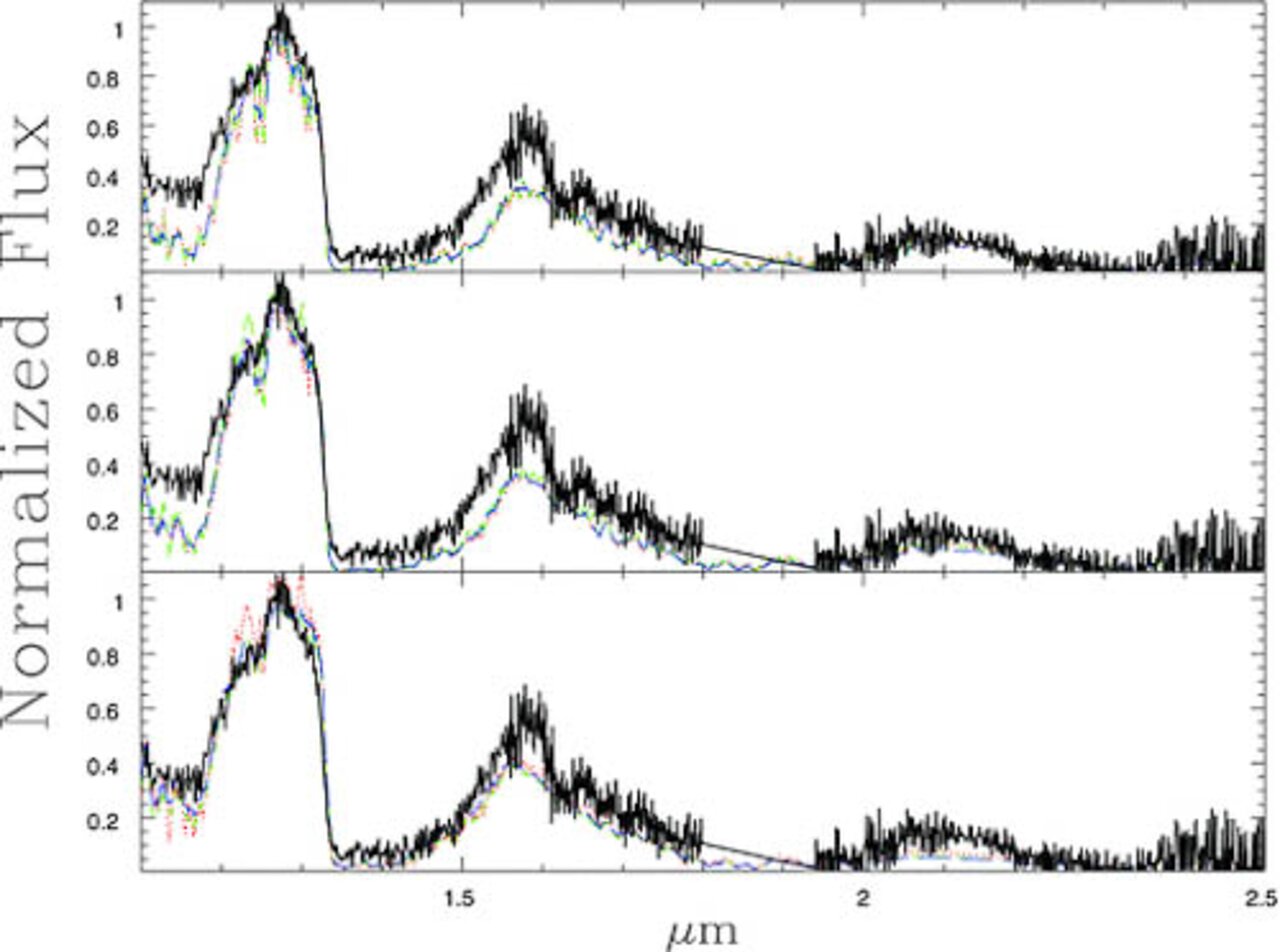Characterizing a Methane Dwarf with a Dead Stellar Companion
November 23, 2010

The discovery of an unusual stellar system combined with near-infrared spectroscopy at Gemini North has allowed astronomers to confirm the spectral type of a cool methane dwarf (T dwarf; geminiann10020a) and determine its temperature, mass, and age with confidence. The pair, consisting of a “dead” white dwarf stellar remnant and the cooler T dwarf, provides a unique laboratory in which the age of the system is well-constrained, making the T dwarf a benchmark for testing ultracool atmospheric physics. The near-infrared spectroscopic observations were made using the Near Infrared Imager and spectrograph (NIRI) on the Gemini North telescope on Mauna Kea, Hawai‘i.
The team, led by Avril Day-Jones of the Universidad de Chile and including astronomers from the University of Hertfordshire (UK), and the University of Montreal (Canada), are publishing their results in the journal Monthly Notices of the Royal Astronomical Society (preprint here). Ben Burningham (University of Hertfordshire, UK) and collaborators initially reported the classification of the T dwarf in their publication of results from the UKIRT Infrared Deep Sky Survey (UKIDSS) as part of a project to identify the coolest objects in the Galaxy [MNRAS, 406, 1885]. The new work includes additional analysis of this important object and confirms that it is moving through space as a gravitationally constrained pair with the white dwarf.
The team found that the methane dwarf shares its motion across the sky with a nearby blue object catalogued as LSPM 1459+0857. Optical spectra of the blue object using the European Southern Observatory's Very Large Telescope in Chile demonstrated that it is a cool white dwarf. The companions were thus renamed LSPM 1459+0857 A and B. The two objects have low masses and a weak mutual gravitational attraction as they are separated by about a third of a light year or 2.5 trillion kilometers. (For comparison Neptune is only 4.5 billion kilometers from the Sun.)
Methane dwarfs are on the star/planet boundary and are about the size of the giant planet Jupiter but are more massive. They have temperatures of less than 1000 degrees Celsius. (In comparison the Sun’s surface temperature is about 5500 degrees Celsius.) Methane is a fragile molecule destroyed at warmer temperatures, so is only seen in very cool stars and objects like Jupiter. Neither giant planets nor T dwarfs are hot enough for the hydrogen fusion that powers stars, including the Sun, to take place, meaning that they simply cool and fade over time.
White dwarfs are the end state of stars similar to the Sun. Once such stars have exhausted the available nuclear fuel in their cores, they expel most of their outer layers into space forming a remnant planetary nebula and leave behind a hot, but cooling core or white dwarf about the size of the Earth. For our Sun this process will begin in about 5 billion years.
Links
- A press release on this work from the Joint Astronomy Centre is available here.
- Discovery of a T dwarf + white dwarf binary system
